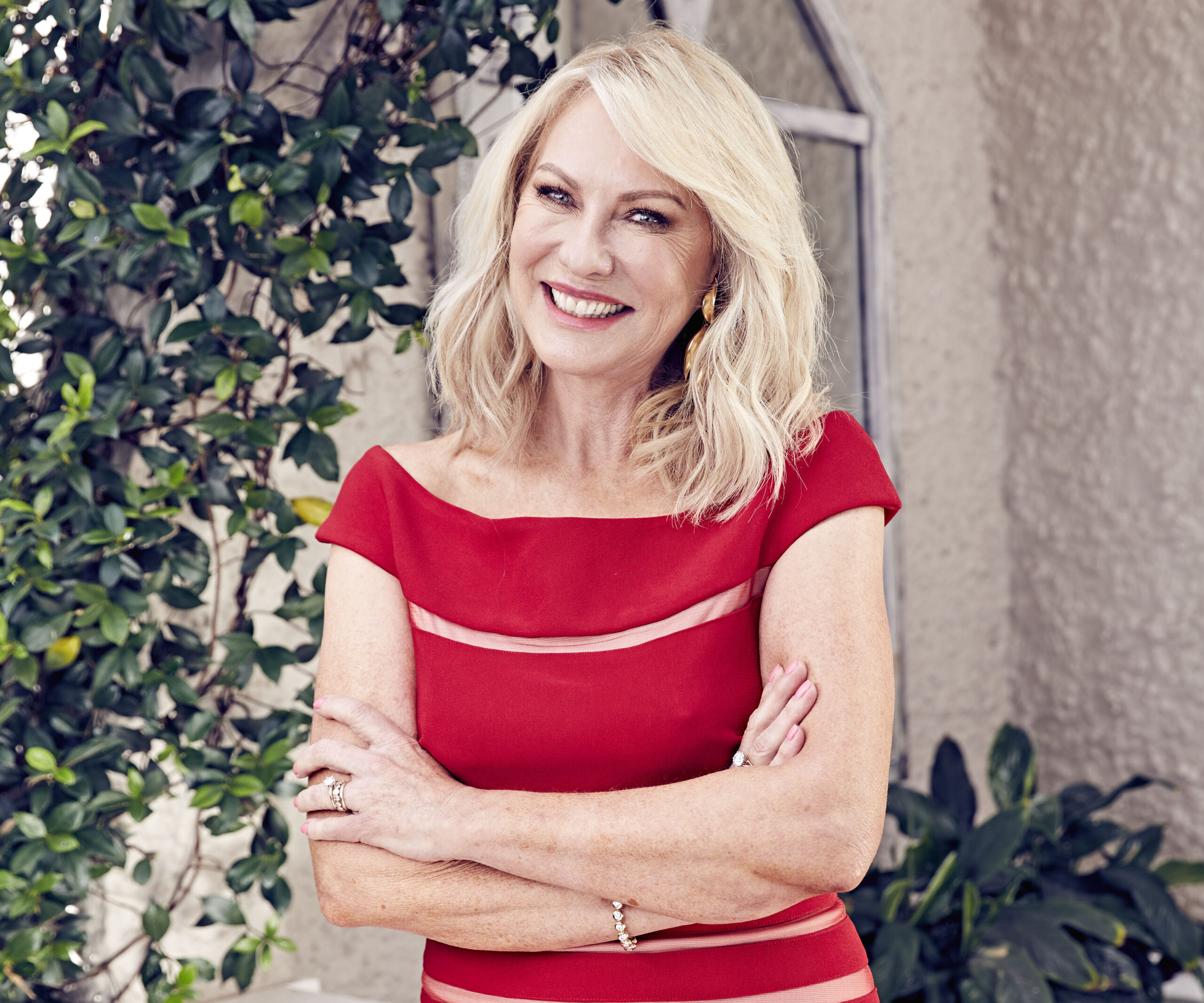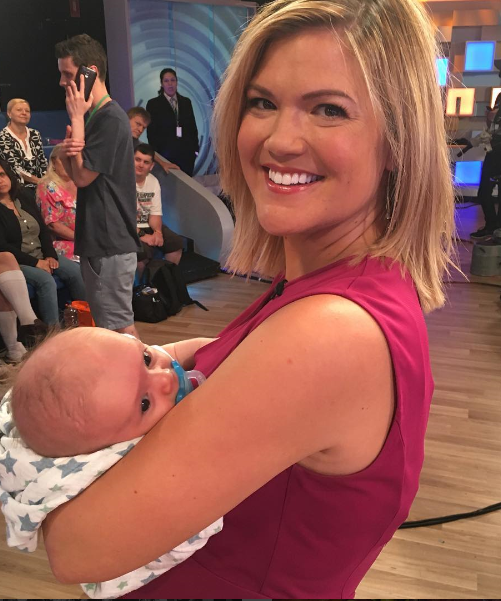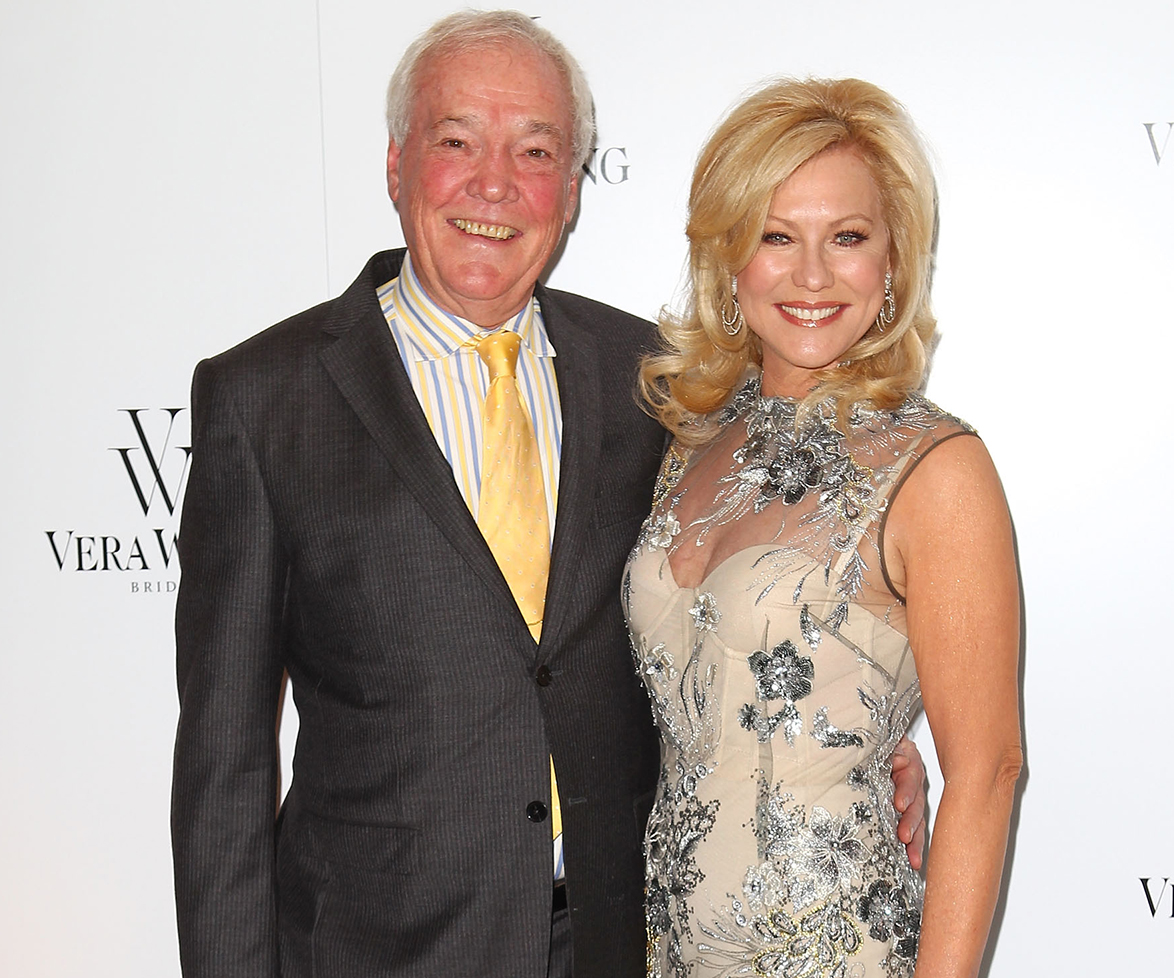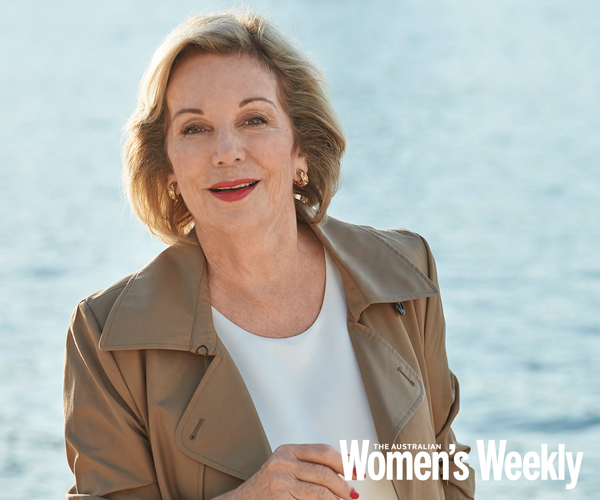It was late, well past the time when visitors to Sydney’s Royal North Shore Hospital were due to leave.
But Kerri-Anne Kennerley wasn’t going anywhere. She sat in the same chair she had occupied for much of the past few weeks, caring for her husband, John, who now lay critically injured and fighting for life in the bed beside her with a catastrophic injury to his spinal column.
“It had been a long day for both of us,” recalls Kerri-Anne, who is in her mid-60s.
“John had been through an operation to help him breathe properly, through an intubation tube in his throat, but at that stage we didn’t know if he would be able to breathe on his own without the tube and a machine.
“As I sat there with him, my head resting on my arm on the bed beside him, I saw him blinking and obviously trying to tell me something. I stood up and leaned over.
“He couldn’t speak, but he could still mouth words and I could understand what he wanted to say. I watched as he slowly mouthed the words, ‘How hard do you want me to try?'”
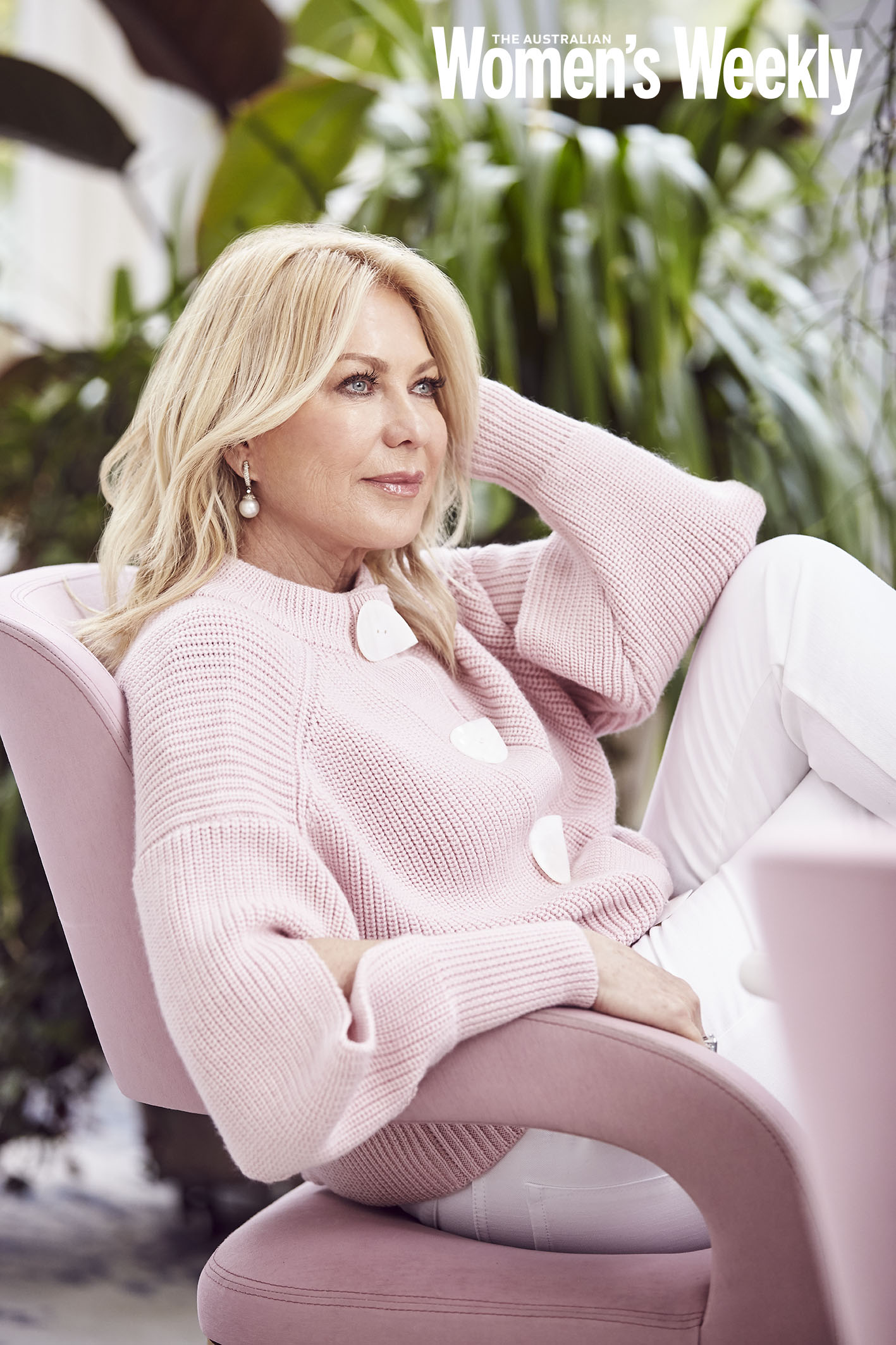
Kerri-Anne Kennerley’s husband John died in February this year.
(Credit: Photography by Peter Brew-Bevan. Styling by Mattie Cronan.)For Kerri-Anne, it was as heartbreaking a moment as she has ever experienced, a moment that even now, three years later, brings tears to her eyes.”
“It was such a difficult thing to hear someone you love say,” she recalls.
“John was always such a tower of strength – quietly spoken but with a deep intellect and a great strength of character. For him to ask that question showed that he understood just how badly injured he really was, just how hard he was going to have to fight.
“It was a shattering moment. I cried and cried, harder than I have ever cried in my entire life and I begged him to fight. I said: ‘You fight as long and hard as you can because I don’t want to lose you.'”
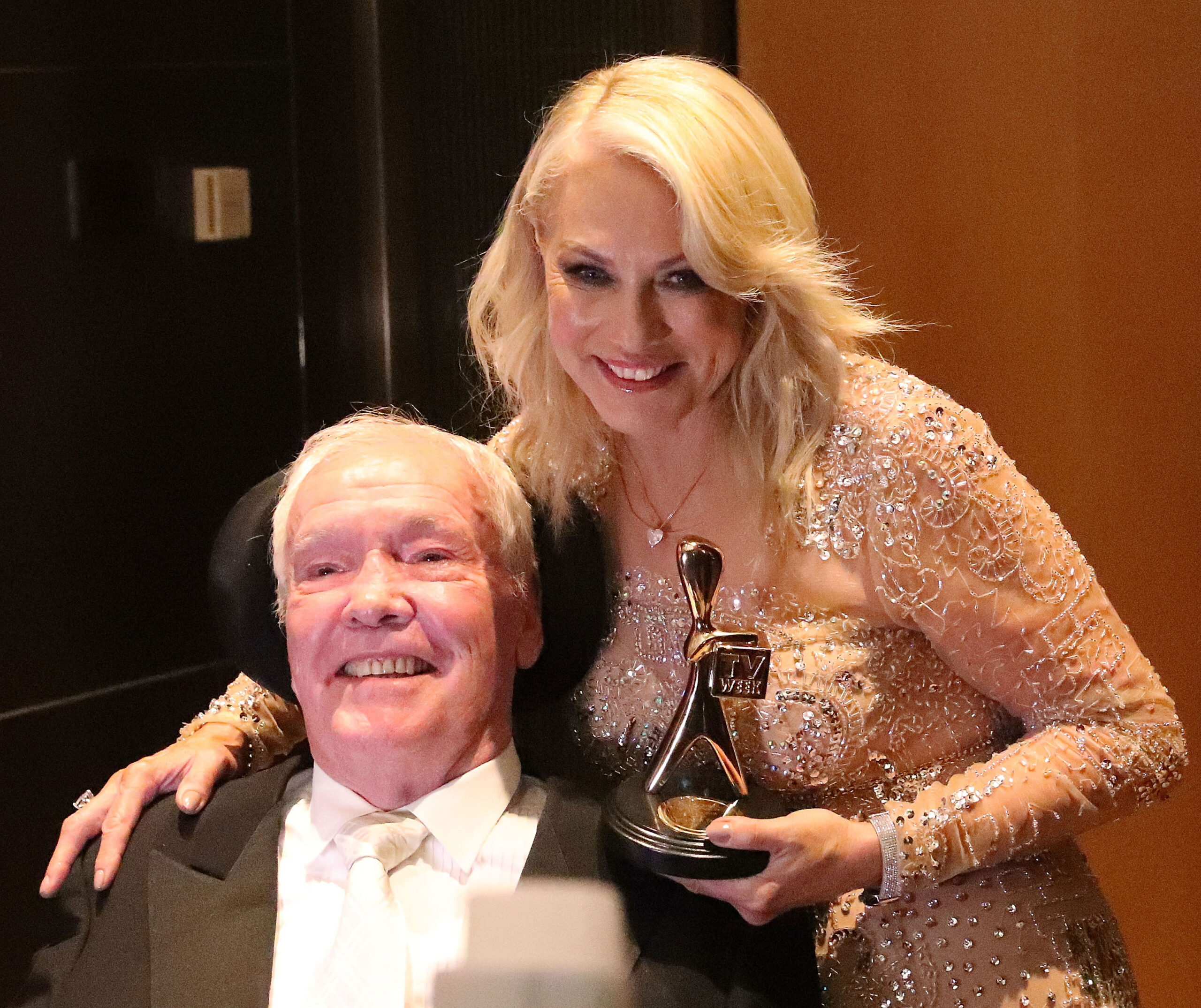
Kerri-Anne was inducted into the Logie Hall of Fame in 2017. In her speech, Kerri-Anne said, “I can honestly say that I would give away 50 years of this career and anything else I could if I could have [John] standing here beside me.”
(Credit: Getty Images)Yet even a man as strong and determined as John Kennerley has his limits. John died on February 27 this year, in an intensive care hospital bed at Sydney’s St Vincent’s Hospital with his son Simon, 52, and Kerri-Anne at his side.
It was the final act in a devastating tragedy that had played out over the previous three years after John’s life changed irrevocably when he toppled from a balcony at a golf resort in Coffs Harbour in March 2016, shortly after agreeing to a photograph for a fan.
John’s death, after so much struggle and so much pain, has left Kerri-Anne, his wife of 35 years, embittered and angry in a way that she has never felt before.
“I feel cheated, not just for myself and my loss but also for John and the life that he should have continued to live. He was always such a vital, energetic man and he loved life. His father lived to be 100 years old, so there was no reason that John shouldn’t have lived on for many, many more years.
“So anger, as a word, doesn’t even begin to cover what I feel. I have lost the person who underpinned everything I have done and achieved in my life. Everything.
“I would not be the person I am without John. But he is gone. And I am angry at how unfair it is. John had so much love, so much energy and spirit that was taken away from him before his time.
“But the truth is that his injuries were raw, devastating and inhuman. He spent three years trying so desperately to recover even the smallest parts of his former life but it was a struggle that his body simply couldn’t keep up, a struggle that in the end went beyond his body’s capacity to resist.”
WATCH BELOW: Kerri-Anne at The Australian Women’s Weekly 2019 Women of the Future Awards. Article continues after video.
John faced a difficult battle right from the start. Initially, his injuries were so severe that his doctors did not believe that he would survive.
Vertebrae at the critical mid-cervical C3-C4 position on John’s spinal column – at the base of his neck – were shattered. Injury in this area of the spinal cord directly affects a person’s respiration and ability to breathe.
“The truth is that he would have died on the night of the accident if we had been more than an hour away from the hospital. Luckily, we got him to the hospital in Coffs Harbour within 20 minutes but the swelling from the injuries was so severe that his lungs just weren’t working.
“That’s when they had to intubate him so he could breathe. Even then he was still having difficulty breathing so they put him into an induced coma and transported him to Royal North Shore Hospital in Sydney for surgery. It was such a terrifying time.”
But John, with Kerri-Anne’s love and devotion to support him, managed to achieve a succession of minor miracles during the next phase of his recovery.
Despite the odds, John managed to breathe when the tube in his throat was removed. He also managed to swallow, which meant he could consume food, as long as it was reasonably soft and small, rather than being fed by tube directly to his stomach.
After 10 months in hospital John was able to begin a rehabilitation regime that included being able to stand – although he needed all round support to accomplish this – and eventually he regained a tiny amount of movement in his hands, but not enough to establish any form of independence.
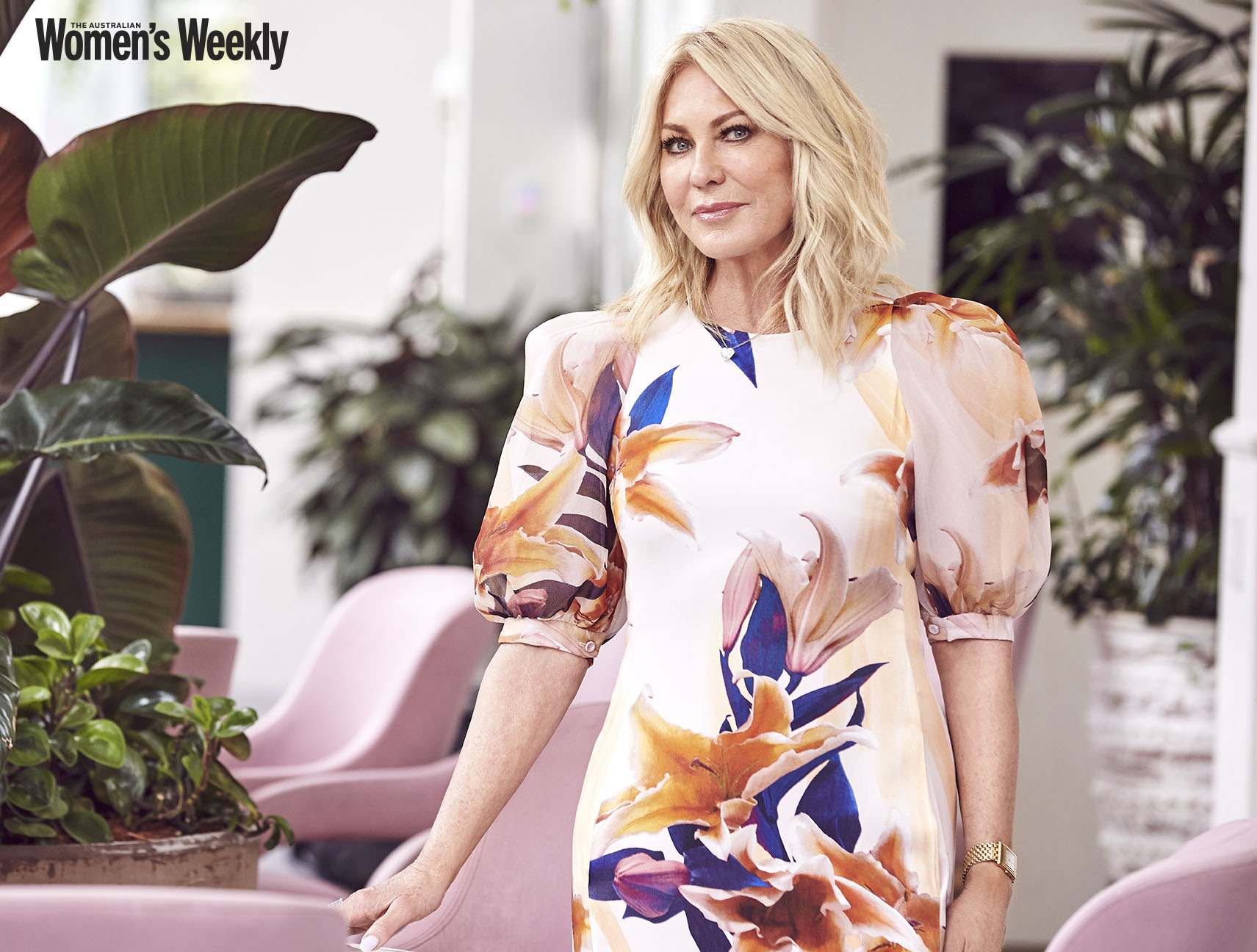
Kerri-Anne lives in the eastern suburbs of Sydney.
(Credit: Photography by Peter Brew-Bevan. Styling by Mattie Cronan.)At the same time, he was able to come home to Kerri-Anne and their comfortable house in Sydney’s fashionable eastern suburbs, though even that had to change, with the addition of a lift to allow access for his 180 kilogram electric wheelchair.
It was a harsh transition.
“The reality for John was that he couldn’t even push a button,” says Kerri-Anne.
“He still had to drink from a straw that was held for him, he still had to have his food spooned to him, he still couldn’t flick through the newspapers in the morning, which was our favourite way to start the day, with newspapers and coffee and a discussion about what was happening.
“Afterwards, we had to find a new way to live and that was hard for him and hard for me.”
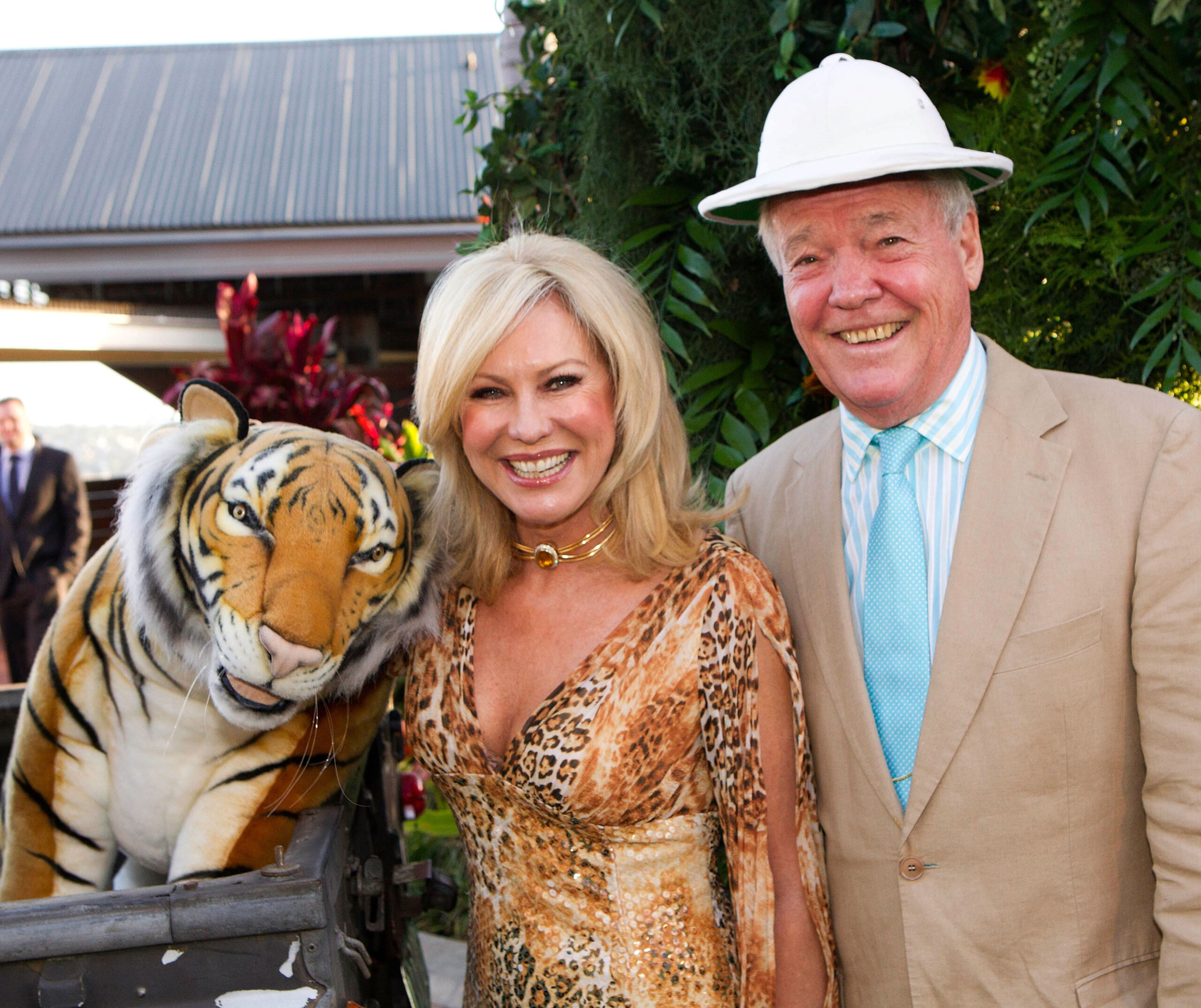
Happier times – Kerri-Anne and John at a Taronga Zoo fundraiser in 2014.
(Credit: Getty Images)“For the most part he was still the same vibrant, amazing man that I’d known for 40 years,” says Kerri-Anne.
“There is no question that some of his personality flattened out a little, but people would pop in to see him and he would light up and occasionally he would have a glass of wine with a straw.”
“I expected him to become very severely depressed, but he never really showed that side of himself, and I think that is extraordinary. “
As much as Kerri-Anne recognised the turmoil behind John’s brave façade, his fate and future remained an unspoken topic between them.

“He was incredible in that way, never letting it show,” Kerri-Anne remembers of John’s worst moments.
(Credit: Photography by Peter Brew-Bevan. Styling by Mattie Cronan.)“To dwell on the whole sorry saga – how unfair it was, how it was such a simple little accident, how terrible is was – you simply can’t do that to each other. You just can’t. You would just get stuck in the negative rut, and there was so much to do.
“So we didn’t talk about it. We just got on with it. We tried to find the positive in life, find things that we could do together and enjoy.”
One aspect of the Kennerley’s lives together that John always put on a special pedestal was Kerri-Anne’s television career. He loved how successful she was and applauded her every achievement.
Kerri-Anne made the decision to go back to work in October last year with a three-day a week gig on morning TV for Network Ten.
It’s a decision that has drawn savage criticism from some on social media, from people who believed her place was by John’s side. But that’s not how John saw it.
WATCH BELOW: Kerri-Anne speaks about John’s passing on Studio 10. Article continues after video.
“John wanted me to continue working because he knew it was part of what made me tick,” Kerri-Anne says.
“At the same time I was torn between going out to the job as I always have and not being by his side. But he knew me better than anyone else, and he knew I had to go out and just be who I was and work at what I have always done.
Then, earlier this year, John’s indefatigable energy began to wane.
“He just seemed to lose something,” recalls Kerri-Anne. “It was as if the fight had gone out of him somehow. He’d spent three years fighting as hard as he could and I just think that it took a toll in both body and soul.
“His prognosis was grim. That’s a difficult thing to say but it was. There was no improvement to be had and John knew that. Everything was a struggle – as bravely as he faced it, it was a struggle.”
“One evening he had trouble breathing and we got him to hospital as quickly as we could. And 10 days later it was over.
“Simon, his son, and I were there with him one evening. There were no machines or monitors. He was asleep. And then he stopped breathing. I felt him stop and I knew it was over. It was a very quiet passing and I think John would have liked the dignity of that in the end.”
The aftermath has been difficult for Kerri-Anne. Without her greatest support she has struggled at times to keep on track. But, ever the trouper, she’s managed to keep her poise in the face of private sadness.
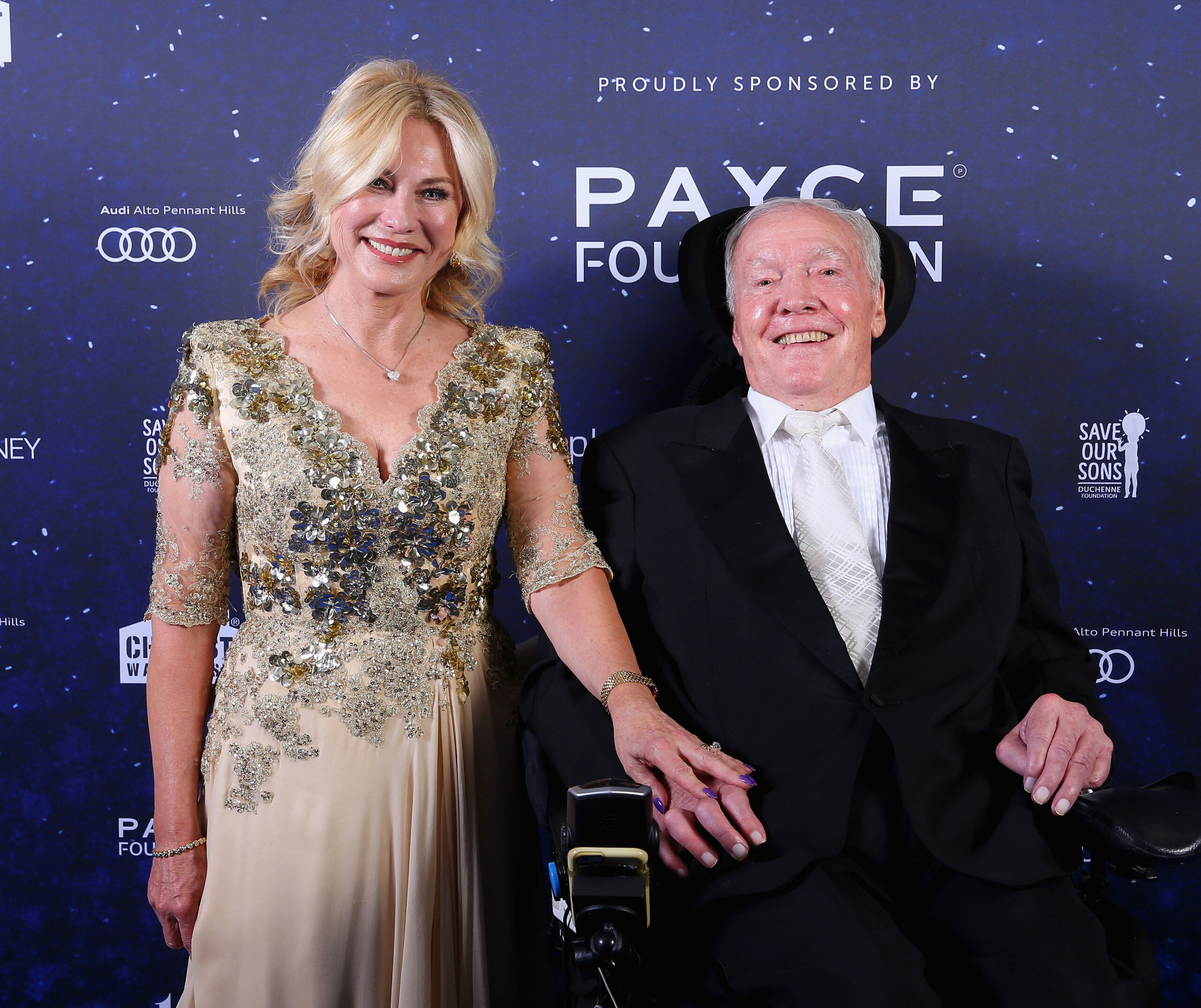
Together to the end – Kerri-Anne and John at a gala dinner in June, 2018.
(Credit: Getty Images)“I felt that the light had just gone out,” she says.
“Life had no spark. No enthusiasm. Mornings are always the hardest for me, because they were our favourite part of the day.
“He’s no longer here but I never feel like I am completely without him. Everything in our house is connected to him in some way – to him and the life we lived together.”
“There are dozens and dozens of photographs of us enjoying ourselves at some event or other. The people we met, the triumphs and the commiserations, the great times and the bad.
“Right from the time of the accident, John spent his life trying to survive. He went from finally being able to breathe properly to the gift of speech to being able to swallow and then to be able to eat. Such small but significant achievements. That was all about survival and determination, I believe.
“And about his spirit, which was truly amazing. In the end, though, I think it was his body that just gave up. It has tried too hard for too long and it just couldn’t do it anymore.”
BELOW: Kerri-Anne made a beautiful tribute post to her late husband after his passing, showing a candid moment from their wedding.
Kerri-Anne keeps John’s ashes in an urn on his bedside table. Alongside are a few of John’s favourite tobacco pipes. It is a small but perhaps fitting memorial to a man who shone a bright light into Kerri-Anne’s life.
The anger that Kerri-Anne feels is now being directed into a campaign to change what she says is the inequitable treatment for quadriplegics over the age of 65 by the National Disability Insurance Scheme (NDIS).
“The scheme says that if you are over 65 and become a quadriplegic then you don’t have a right to 30 hours of care [per week]. You are lumped into Aged Care and can only have eight hours of care, which is far, far less than most quadriplegics need. But if you are less than 65 you can have the care. That is discrimination based on age and as far as I know you can’t discriminate against someone based on age or sex or religion.
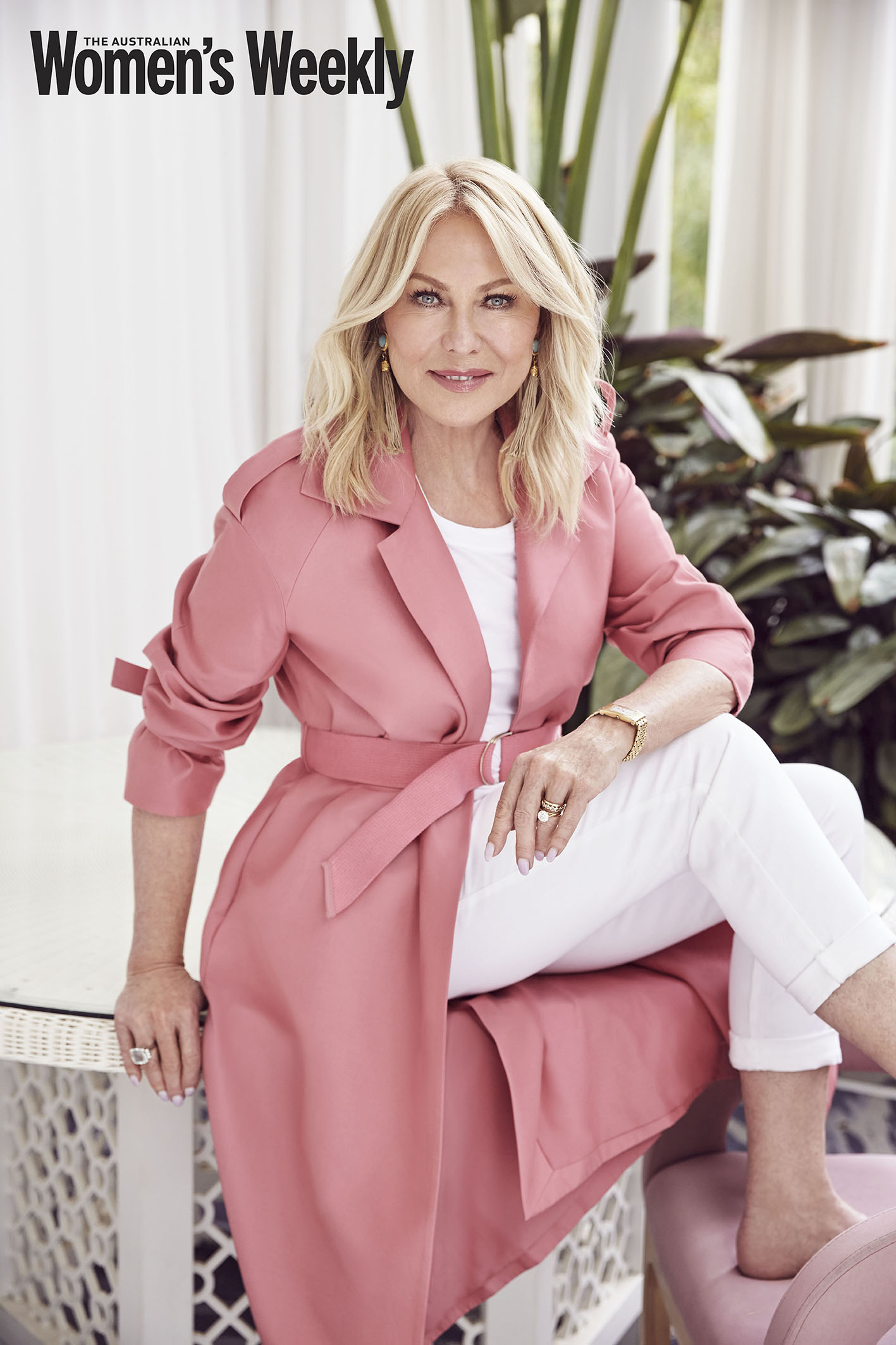
Kerri-Anne has turned her attention to the NDIS, which she feels discriminates against those already over the age of 65.
(Credit: Photography by Peter Brew-Bevan. Styling by Mattie Cronan.)“Quadriplegia is not an age-related issue. It can affect anyone at any time. So why does the NDIS discriminate against quadriplegics who have the temerity to become one at 65 or over? It seems that it is only about money and certainly not about what is right or compassionate. That’s something I would love to change.”
Some of John’s stoicism has rubbed off on Kerri-Anne.
“My life will never be the same,” she says. “I know that. I miss him every day and I will miss him every day for the rest of my life. But as much as I miss him, I’m so glad he doesn’t have to endure the daily indignity of his condition, the agony of his condition.
“I hope medical discoveries in the next few years will alleviate some suffering for other quadriplegics. I know John would agree.”
The November issue of The Australian Women’s Weekly is on sale now.
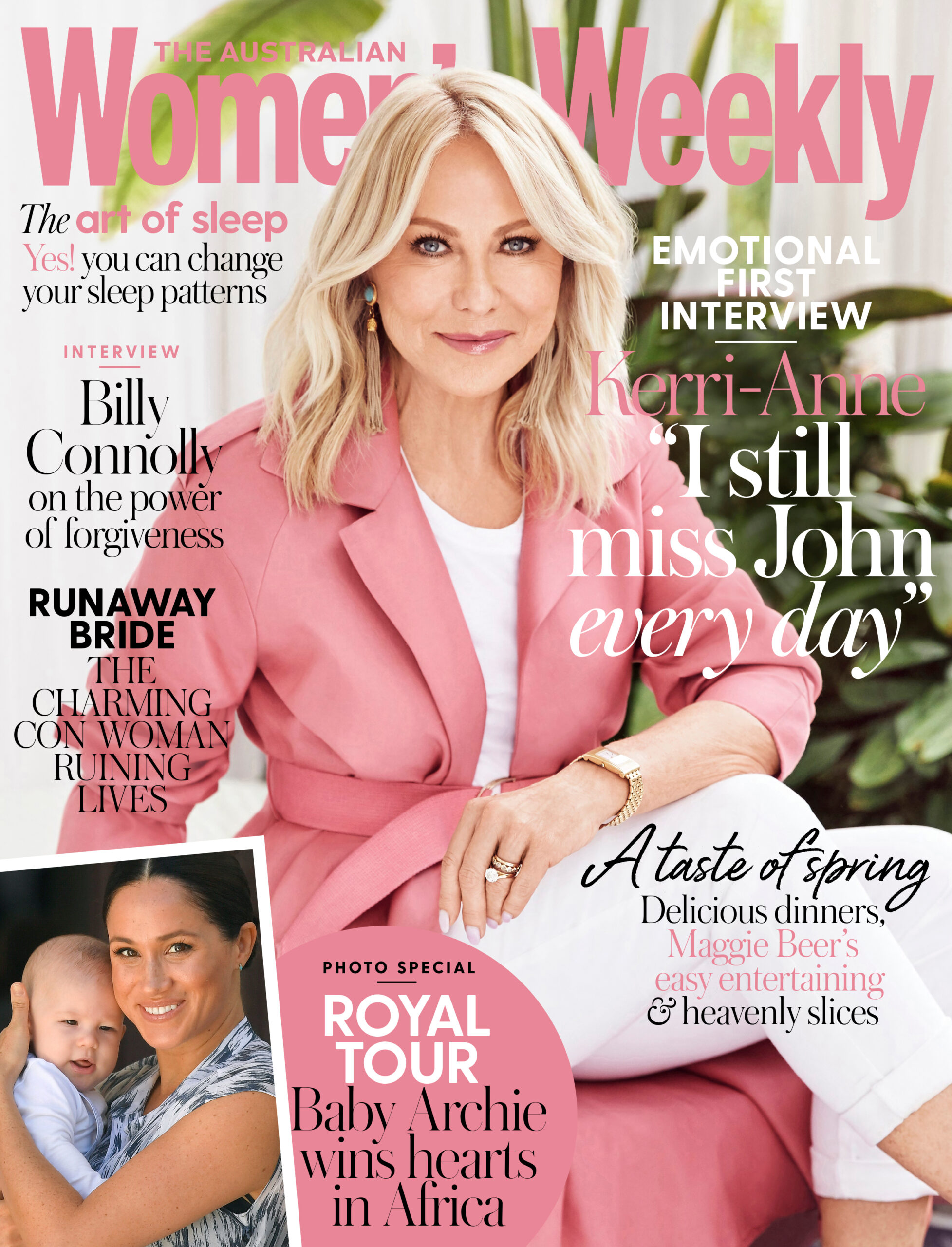
The November issue of The Australian Women’s Weekly.
(Credit: AWW)